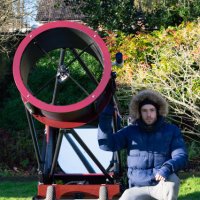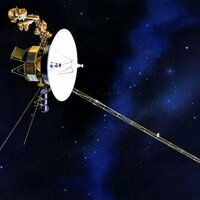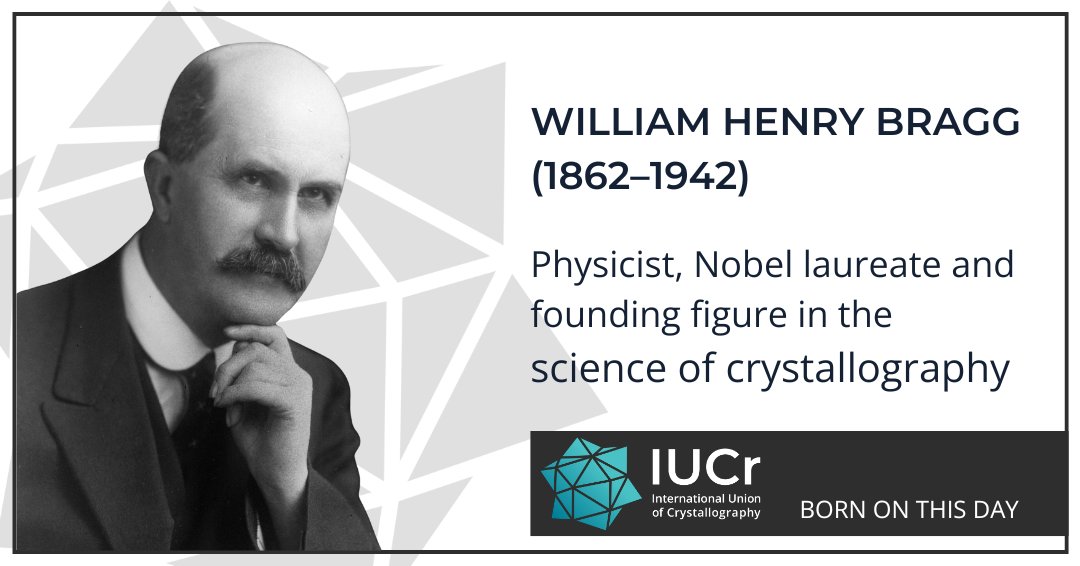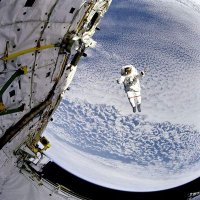
J. D. Rodriguez-Blanco
@jdrodrigueztcd
Ussher Associate Professor in Nanomineralogy
Trinity College Dublin
@TCDOnTheRocks @TCD_NatSci @tcddublin
FundedResearcher @scienceirel @GeolSurvIE @iCRAGcentre
ID: 316693582
https://jrodriguezblanco.wordpress.com/ 13-06-2011 20:40:49
4,4K Tweet
609 Takipçi
577 Takip Edilen



POV: You chose to study your master at Trinity College Dublin 🎓✨ Discover our masters programmes: tcd.ie/postgraduate

"El lado oscuro de la purpurina: el microplástico que puede alterar la química de los océanos.", por Kristina Petra Zubovic y J. D. Rodriguez-Blanco, de Trinity College Dublin School of Natural Sciences, Trinity College Dublin iCRAG Centre en The Conversation ES theconversation.com/el-lado-oscuro…

La purpurina no es tan divertida como parece: ¿sabías que puede cambiar la química del océano? Nos lo cuentan Kristina Petra Zubovic y J. D. Rodriguez-Blanco (Trinity College Dublin): theconversation.com/el-lado-oscuro…

Fantastic Teaching Awards ceremony at Trinity College Dublin, with our President and Provost, Prof. Linda Doyle, and great colleagues from School of Natural Sciences, Trinity College Dublin, Martin Sokol. Beautiful academic atmosphere. Proud to be part of this dynamic and inspiring institution.
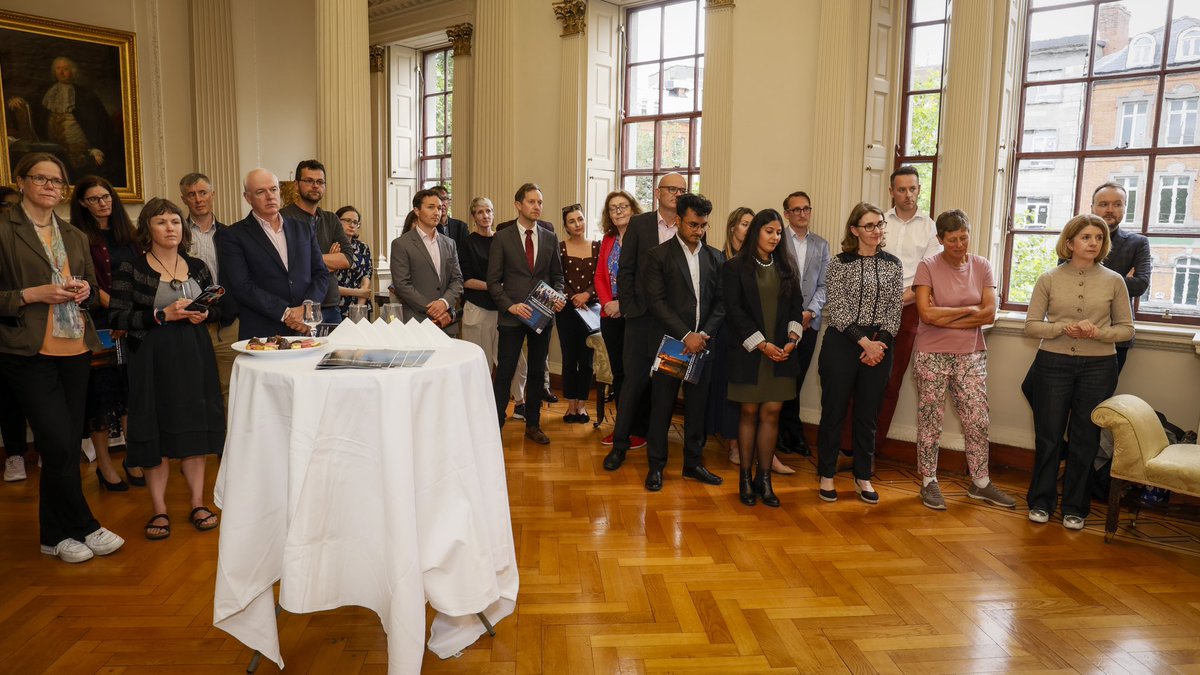

Trinity climbs to 75th place in 2026 QS QS World University Rankings up 12 places from last year, its highest ranking in a decade. The increase is due in large part to strong performance in the Academic Reputation and the Employer Reputation categories. Read more at tcd.ie/news_events/ar…

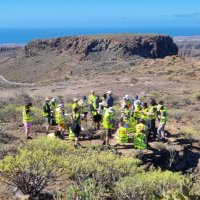


"New Horizons visited Pluto 10 years ago" Alan Stern See earthsky.org/space/july-4-2…
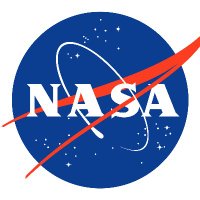


"Cualquier llamada a imponer reglas claras que no hiciesen retroceder nuestro mundo de derechos y libertades a la Edad Media se calificó de xenofobia y racismo por parte del equipo de imbéciles habituales". (Publicado ayer en 20 periódicos españoles). zendalibros.com/perez-reverte-…

